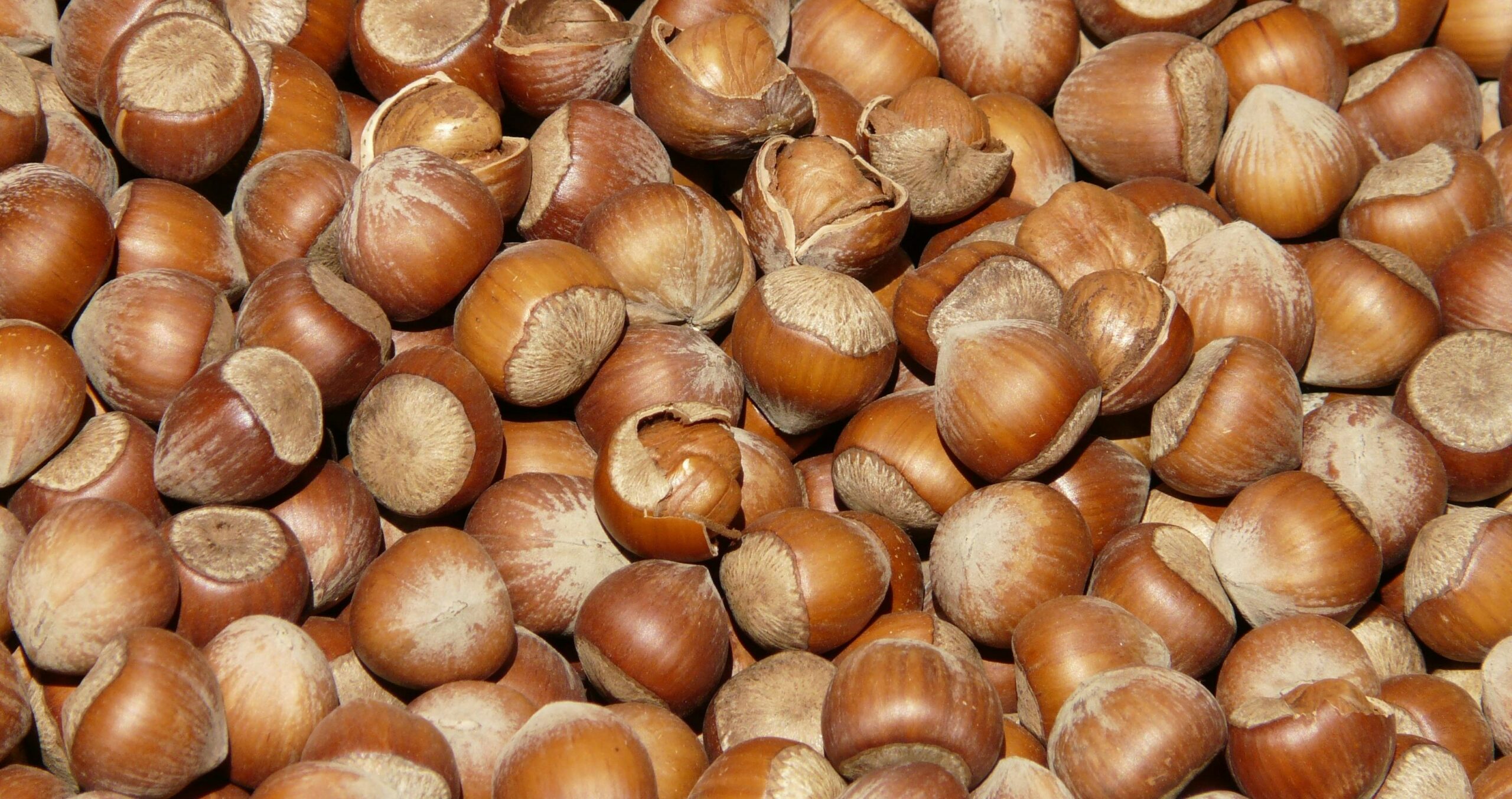Nut with two names comes out of its shell during holidays

COLUMBIA, Mo.— In a press release, David Trinklein, horticulture specialist for University of Missouri Extension, said, “Given most nuts ripen late in the year, they have long been associated with the holiday season.”
It also is one of the few times consumers see what nuts look like in nature. Nuts often are purchased with their shells removed and ready for use. One of the nuts likely found in the bin or bag of mixed nuts at a supermarket is the hazelnut.
Hazelnuts are also called filberts, possibly named after St. Philibert of Jumièges, a 7th century French Benedictine abbot. The feast of St. Philibert is held on Aug. 20, which corresponds closely to the time when the nuts of European hazelnut ripen and are harvested. However, some historians believe the term filbert came from the German vollbart, which means “full beard,” describing the husked shell of the hazelnut.
Regardless of its name, this nut has been popular for thousands of years. Archaeological evidence of human consumption of filberts dates back to prehistoric times. More than 1,800 years ago, the Greek physician and botanist Dioscorides heralded the medicinal virtues of the filbert in his five-volume work De materia medica (“On Medical Material”).
“It cures chronic coughing if pounded filbert is eaten with honey,” he wrote. “Cooked filbert mixed with black pepper cures the cold. If the ointment produced by mashing burnt filbert shells in suet is smeared on the head where hair does not grow due to normal baldness or to some disease, hair will come again.”
There are several hazelnut species grown in the United States, said Trinklein. One is a native plant; the other is imported from Europe. Both are members of the Betulaceae plant family, which makes them close relatives to birch trees.
Corylus americana, or American hazelnut, is native to Missouri and a vast area of the U.S. from Maine to Oklahoma. It tolerates many sites but grows mostly along woodland borders. The American hazelnut plant is a large, multistemmed bush that reaches a mature height of 10 to 15 feet. Unfortunately, it often is difficult to find nuts from native plants in the wild since they are highly prized by squirrels.
The hazelnuts available for purchase at supermarkets and other retail outlets are most often the European hazelnut (Corylus avellana). Oregon has an ideal climate for hazelnut growth and produces about 95% of the U.S. crop.
Hazelnuts have a sweet, somewhat “earthy” flavor and can be eaten raw, roasted or ground into a paste, said Trinklein. Their taste is attributed to a compound known as filbertone. Rich in protein, dietary fiber and unsaturated fat, hazelnuts also contain vitamin E and thiamine as well as essential minerals such as copper, magnesium and manganese. Possible health benefits include regulating blood pressure, reducing inflammation and improving blood sugar and fat levels. Additionally, hazelnuts provide significant amounts of antioxidants.
Trinklein recommends that gardeners who want to grow hazelnuts at home choose a cultivar of American hazelnut selected to withstand colder climates. “Rush” and “Winkler” are two possibilities for Missouri.
“Recently, a number of interspecific hybrids with C. americana as one parent to impart cold hardiness and disease resistance have been developed and are under evaluation for commercial production in the Midwest,” said Trinklein.
Miss Clipping Out Stories to Save for Later?
Click the Purchase Story button below to order a print of this story. We will print it for you on matte photo paper to keep forever.

